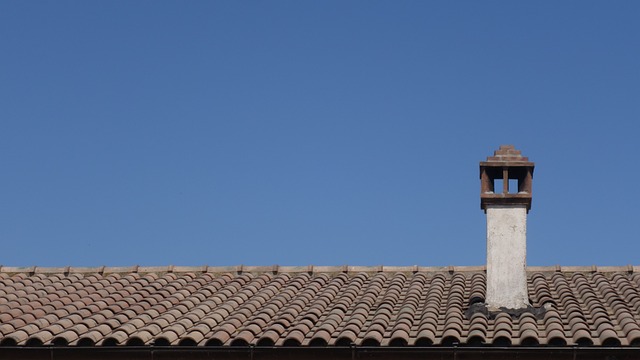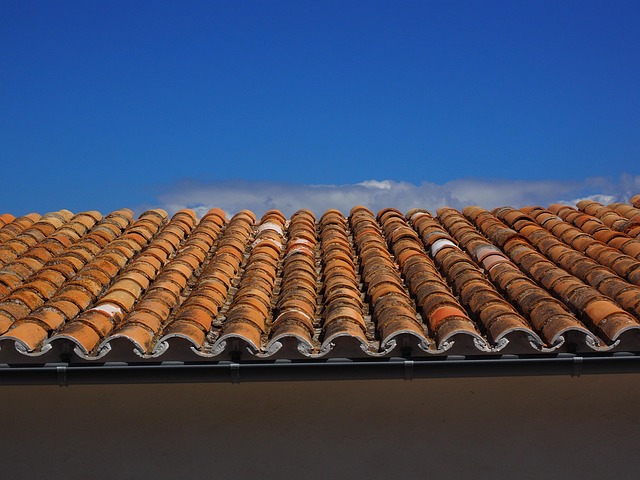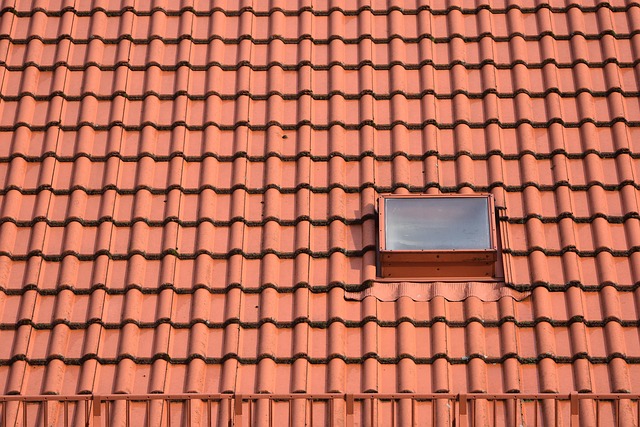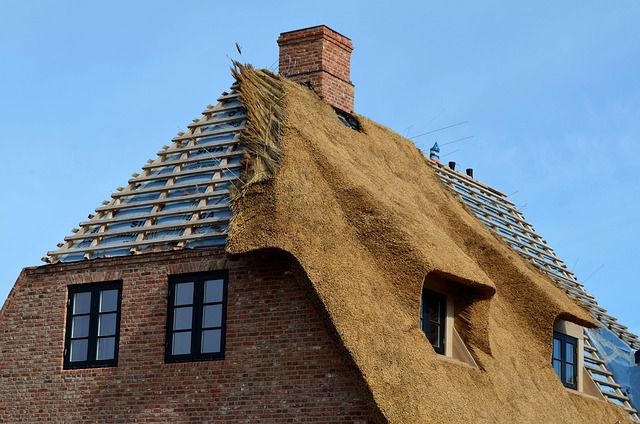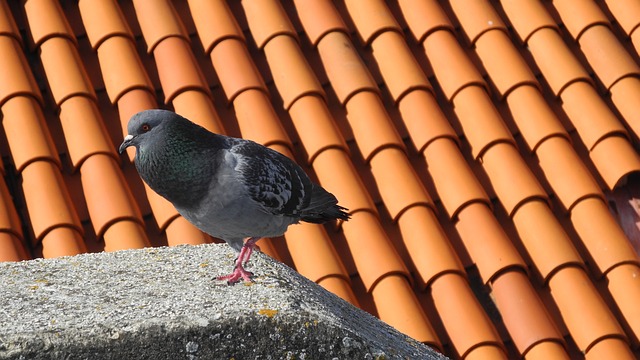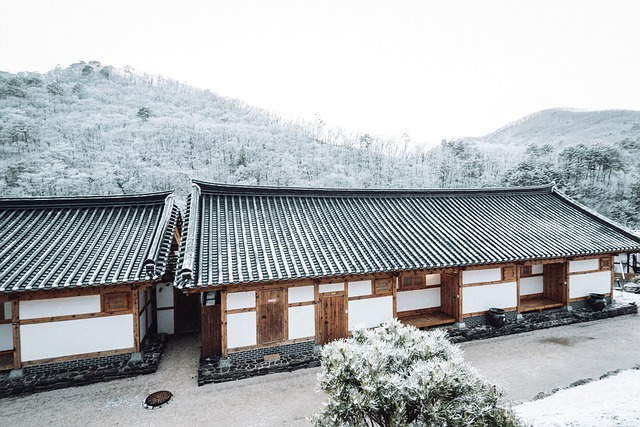In Eugene, Oregon, understanding hot tar roofs is vital for commercial property owners due to their durability against local weather conditions. This method involves heating bitumen and mixing it with reinforcing materials. The growing commercial roofing market has seen increased demand for high-quality services, leading to innovations in techniques like hot tar, metal, flat, and low-slope roofs. Hot tar roof systems offer significant advantages, including cost-effectiveness over time and versatility in design. Installation involves a structured assessment, underlayment, careful tar application, and final sealing. Regular maintenance is crucial for longevity, extending the roof's lifespan by up to 20 years or more. Adhering to local regulations and insurance considerations is essential for safe and compliant hot tar roof installations and repairs in Eugene, Oregon.
“In the vibrant, bustling Eugene, Oregon area, a comprehensive commercial roofing solution is essential for any business aiming to protect its asset. This article delves into the world of hot tar roofs—a popular and proven choice among local experts. From understanding the benefits of this traditional method to navigating installation, maintenance, and regulatory aspects, we guide you through the commercial roofing landscape. Discover why choosing a hot tar roof system could be the game-changer your business needs for enhanced durability and long-term savings.”
- Understanding Hot Tar Roofs: A Local Eugene Expertise
- The Commercial Roofing Landscape in Eugene, Oregon
- Benefits of Choosing a Hot Tar Roof System
- Installation Process: Step-by-Step Guide for Eugene Businesses
- Maintenance and Longevity: Ensuring Your Roof's Durability
- Local Regulations and Insurance Considerations for Commercial Roofing
Understanding Hot Tar Roofs: A Local Eugene Expertise
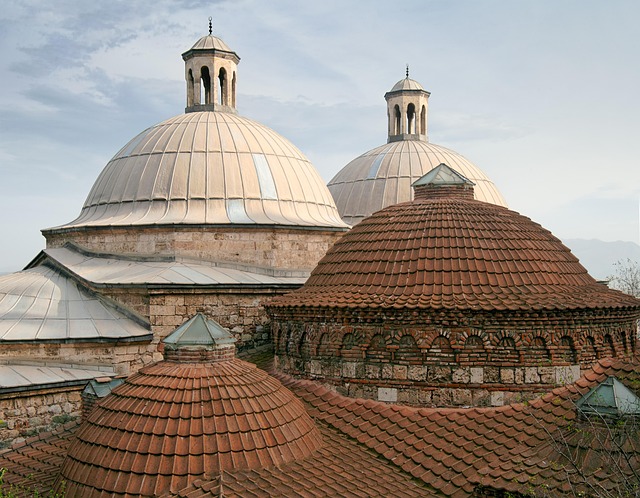
In the Eugene, Oregon area, understanding hot tar roofs is key for any commercial property owner. These roofs, a common yet complex construction method, require specialized expertise to install and maintain effectively. A local Eugene roofing expert is well-versed in the intricacies of hot tar roofs, ensuring long-lasting protection for commercial structures.
The process involves heating bitumen, a type of asphalt, to a liquid state, which is then mixed with reinforcing materials like fiber or gravel. This mixture is meticulously applied layer by layer, creating a robust and weatherproof barrier. Local experts are trained to handle the precise temperature control and application techniques necessary for optimal performance, addressing common issues like leaks and cracks proactively.
The Commercial Roofing Landscape in Eugene, Oregon

In the dynamic commercial roofing landscape of Eugene, Oregon, businesses face a diverse range of options when it comes to protecting their assets. The city’s temperate climate presents unique challenges, demanding roofs that can withstand varying weather conditions, from frequent rainfall to occasional snow and sun exposure. Hot tar roof systems have emerged as a popular choice among local business owners due to their durability and cost-effectiveness. These systems involve applying heated bitumen, or tar, onto the roof surface, creating a seamless barrier against water intrusion and extreme temperatures.
Eugene’s growing economy and increasing number of commercial establishments have fueled the demand for high-quality roofing services. Skilled professionals in the area are well-versed in various roofing techniques, including hot tar roofs, metal, flat, and low-slope roofing. The competition among roofers has led to innovations and advancements in materials and methods, ensuring that businesses can find tailored solutions within their budgets. This competitive environment benefits local companies seeking reliable commercial roofing in Eugene, Oregon.
Benefits of Choosing a Hot Tar Roof System
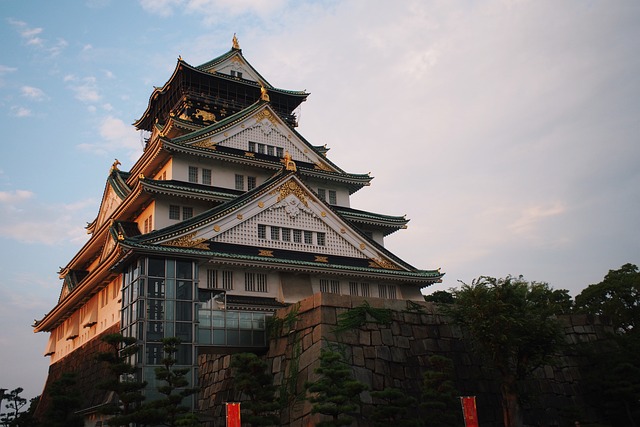
A hot tar roof system offers several significant advantages for commercial properties in Eugene, Oregon, and its surrounding areas. One of the key benefits is durability; this traditional roofing method is known for its longevity, capable of withstanding harsh weather conditions common to the Pacific Northwest. The hot tar application process ensures a seamless, tight seal, providing superior protection against leaks and water damage.
Additionally, hot tar roofs are cost-effective in the long run. While initial installation costs may be higher than alternative materials, the low maintenance requirements and extended lifespan make it a smart investment for business owners. This system’s versatility allows for various design options, ensuring your commercial space makes a stylish statement while maintaining optimal structural integrity.
Installation Process: Step-by-Step Guide for Eugene Businesses
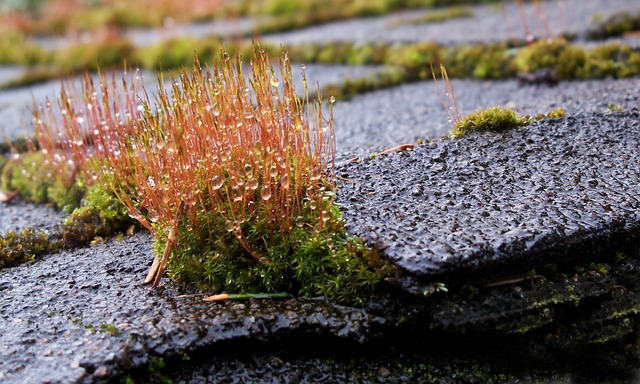
When it comes to commercial roofing in Eugene, Oregon, a step-by-step guide can help local businesses navigate the process effectively. The installation of a hot tar roof is a common and reliable option for many commercial structures. Here’s a simplified breakdown:
1. Preparation: Begin by assessing the building’s structural integrity and ensuring it can support the new roofing system. Remove any existing roofing materials, clean the surface thoroughly, and inspect for potential issues like leaks or damaged gutters.
2. Underlayment Installation: Install a layer of underlayment, typically made of felt paper, which serves as a protective barrier between the roof deck and the hot tar. This step is crucial for waterproofing and providing insulation.
3. Hot Tar Application: Using specialized equipment, heat and apply the hot tar to the underlayment. The tar should be evenly distributed to create a seamless, durable surface. This process involves careful handling of the heated material to ensure safety and effectiveness.
4. Layering and Reinforcement: Add multiple layers of tar, allowing each layer to cool slightly before applying the next. Incorporate reinforcement materials like mesh or fabric to enhance the roof’s strength and longevity.
5. Final Touches: Once the desired number of layers is achieved, smooth the surface, and check for any voids or uneven areas. Install flashings around chimneys, vents, and other penetration points to maintain a waterproof seal.
Maintenance and Longevity: Ensuring Your Roof's Durability
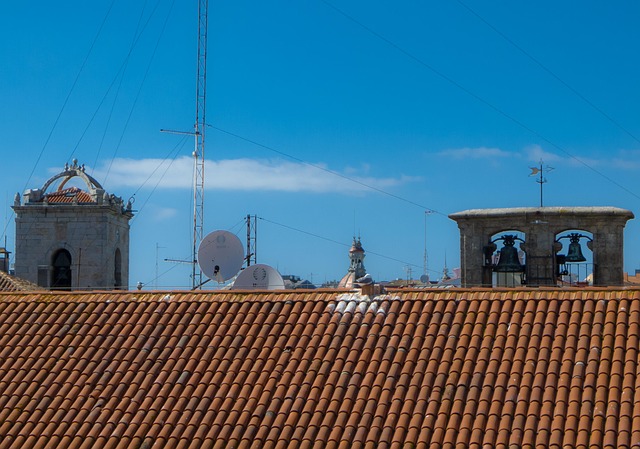
Maintaining your commercial roof is essential for ensuring its longevity in Eugene, Oregon’s diverse climate. Regular inspections and timely repairs are key to protecting against leaks and weather-related damage. A well-maintained hot tar roof can last up to 20 years or more with proper care.
Implementing a comprehensive maintenance plan includes cleaning gutters, inspecting for missing or damaged shingles, and sealing any cracks or crevices. Promptly addressing issues prevents small problems from turning into costly repairs. By prioritizing routine upkeep, business owners in the Eugene area can extend the lifespan of their roofs, ensuring optimal protection against Oregon’s unpredictable weather patterns.
Local Regulations and Insurance Considerations for Commercial Roofing
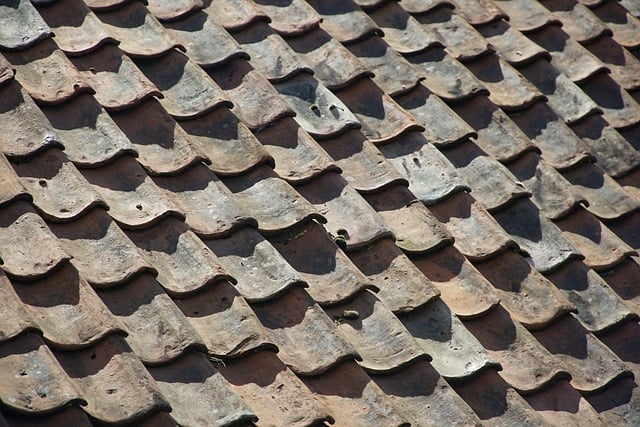
In the Eugene, Oregon area, commercial roofing projects are subject to local regulations designed to maintain building safety and aesthetic standards. Before initiating any hot tar roof installation or repair, it’s crucial for businesses to understand and comply with these guidelines. Permits may be required for specific types of roofs, materials used, and construction methods. Understanding these requirements is key to ensuring a smooth project timeline and avoiding potential penalties.
Additionally, commercial roofing involves significant financial investments, making insurance considerations vital. Proper coverage protects against unforeseen events like weather damage or work site accidents. Business owners should review their policies to ensure they have adequate liability and workers’ compensation insurance in place. This includes verifying that the contractor carrying out the work has relevant insurance to safeguard both the property and the people involved in the roofing process, specifically when dealing with potentially hazardous hot tar applications.
